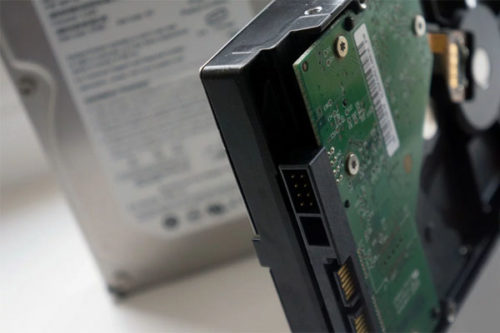You still have a mechanical drive in your computer, maybe its several years old, or maybe just not the most expensive. You likely have a desktop PC if you have a mechanical drive but many laptops still have them being sold brand new. That’s not always a bad thing however, regular drives can offer great reliability and huge sizes compared with Solid State and usually at a cheaper price.
Mechanical drives are proven technology perfected over decades, and they will continue to have uses for a while to come. They are perfect for mass storage where speed isn’t greatly valued over data safety and capacity. So why upgrade your everyman PC to Solid state? Most people familiar with tech will have heard that they are faster, and they are very much so. The most modest examples offering double the speed to mechanical drives with the top end going well over fifty times faster and increasing as technology improves.
How much this benefits you will be determined by how you use your computer. SSDs can eliminate the wasted time you are sat in front of your computer waiting for something that’s fairly fast, but not taking long enough to do anything else in the meantime. Getting to your computer’s desktop in under 10 seconds instead of 60 might not seem a lot, but waiting 50 extra seconds each time is tiresome. These numbers are examples, but those few seconds here and there when eliminated make operating a computer that much easier and less abrasive to your concentration, enabling you to work closer to the speed of thought rather than turning your brain off for 2 seconds while the browser loads.
Drive performance is determined by how much data it can process and by the number of concurrent operations it can handle, better drives being able to handle more data more quickly. Solid state drives suffer from electronic wear, and while they do have systems to manage this wear the lifespan of a given drive is fixed based on the amount of data written to the cells on the drive. The amount of data that can be written is reflected by the size and quality of the device and larger more expensive drives are able to handle many times more writes than the cheaper offerings. Drive wear is akin to walking on the same patch of carpet until it wears through, at that point that part of the drive is no longer usable but doesn’t necessarily prevent the drive from working. Clever software inside manages the wear and unusable sections and you may notice the drive performing more slowly than before.
Finally a tip for any owners of SSD drives, should any of you choose to use the hibernation function on their computers, bear in mind that the computer copies the contents of your RAM to a file, which is the same size as your RAM. If you say had 32 gigabytes of RAM, it would write that much to your hibernation file. It would do this potentially every time you close the lid of your laptop for example, doing this even just twice a day would mean by the end of the week you’ve written 320gb or nearly a third of a terabyte. Many large disks could handle this, but the smaller ones get punished proportionally harder and eMMC cards usually suffer the most as they are often the smallest. Turning off your computer properly will avoid needless writing to your SSD and perhaps grant it longer life.


